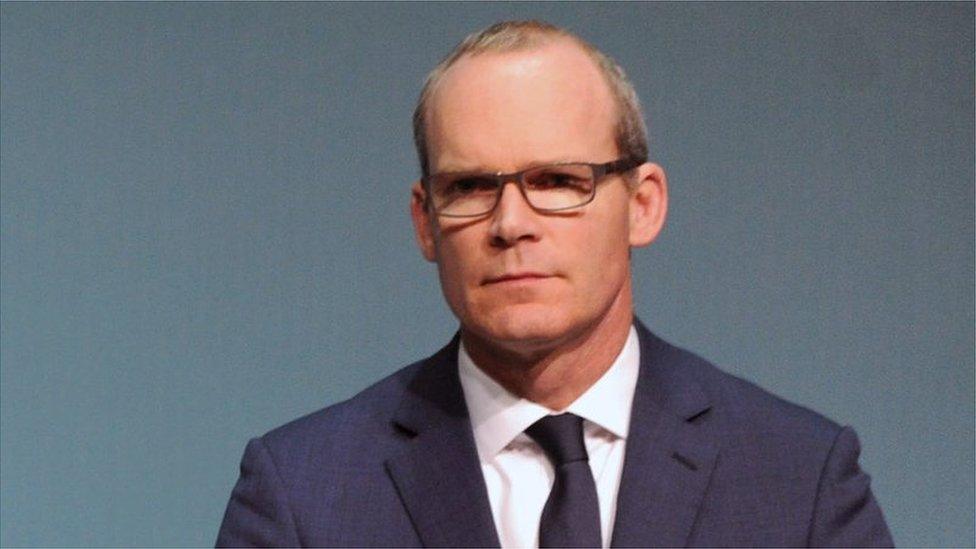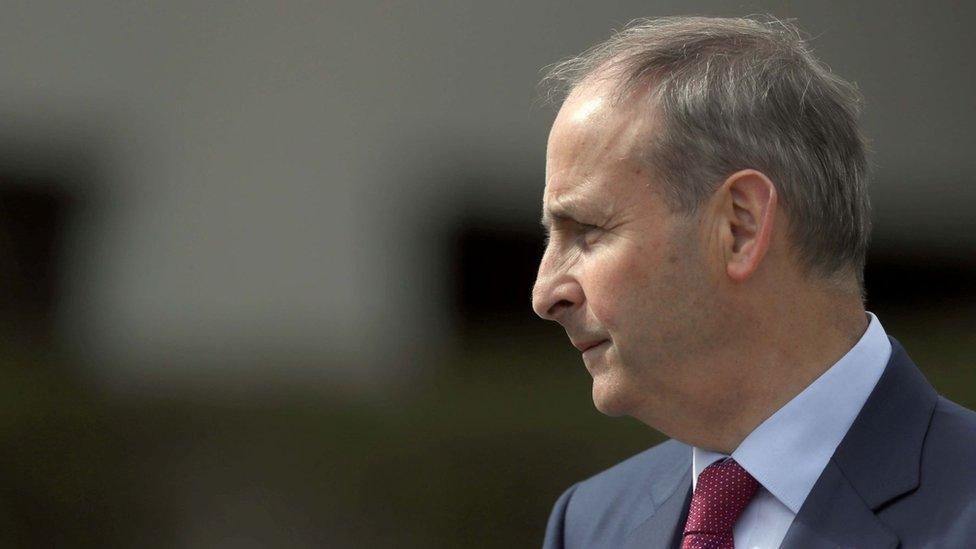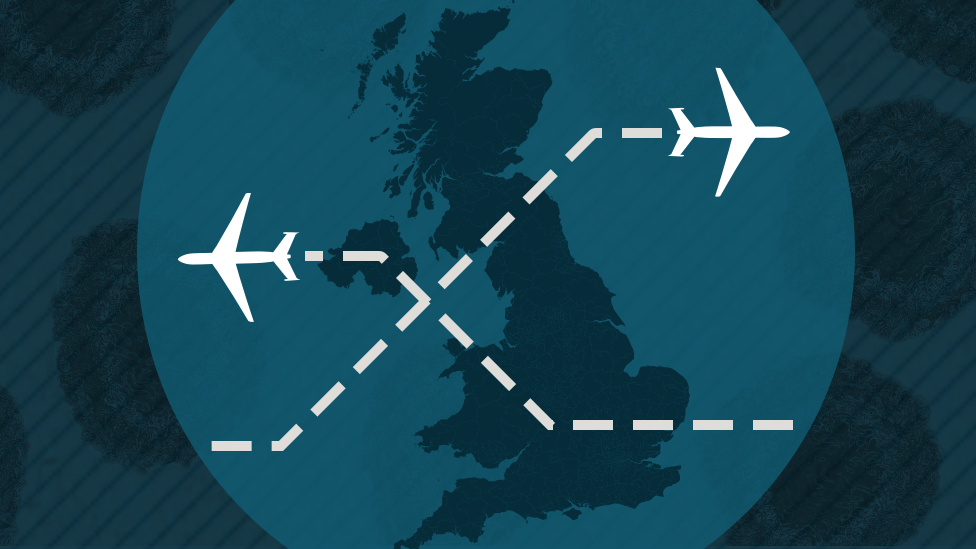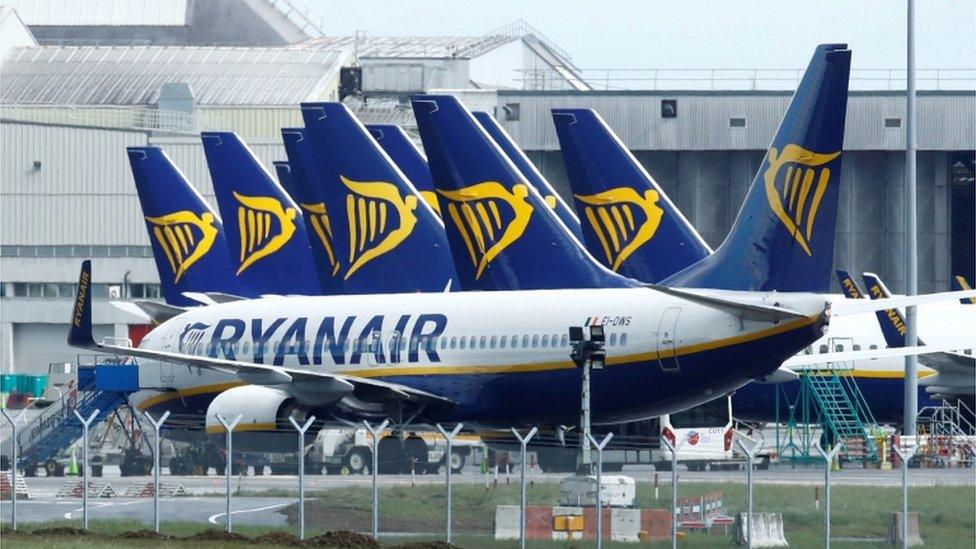Coronavirus: Irish government urges public to 'holiday at home'
- Published

The Irish Minister for Foreign Affairs has said that while a "green list" of countries has been published it is still safest to "holiday at home".
Simon Coveney said that 50,000 people a week were leaving the country.
Mr Coveney said he had an obligation to give guidance on "the risk attached to that travel".
The Irish government previously released a list of 15 countries travellers can go to and not self-isolate on their return.
It currently excludes Great Britain, the US, France, Spain and Portugal.
The list, which is reviewed every fortnight, is Malta, Finland, Norway, Italy, Hungary, Estonia, Latvia, Lithuania, Cyprus, Slovakia, Greece, Greenland, Gibraltar, Monaco and San Marino.
The 15 countries have an infection rate of five per 100,000 population, or lower, over the last 14 days. Ireland is currently at 4.9.
The advice to avoid non-essential travel applies to all other countries.
This is based on advice from officials, including public health experts.
At present, travellers arriving in the Republic of Ireland from anywhere other than Northern Ireland are required to self-isolate and restrict their movements for 14 days., external
In July, the Stormont Executive agreed changes to its quarantine rules, meaning people arriving into NI from more than 50 countries no longer need to self-isolate on arrival.
'Safest thing is to stay at home'
Speaking on RTÉ News Morning Ireland on Wednesday, Mr Coveney said the country was being cautious so as to prioritise protecting public health but accepted that there has been "confusion" over the issue.
"The overall message from government is that the safest thing to do is to stay at home," he said.
The minister dismissed the idea of quarantining people who arrive for 14 days in a designated facility.
He said that it was not "doable" and cited the example of Australia, where that system led to clusters in some quarantine locations such as hotels.

"We have looked internationally at that model and it could cause more problems than it solves," he said.
"What we have done has worked - international travel is down dramatically," he added.
He said there had been no instances of the spread of the virus being introduced from any location on the green list.
He added that there are also concerns about "hot spot" regions and countries where the virus is at high levels or at risk of increasing in the coming months.
Mr Coveney said it would not take the form of a "red list". Rather this could involve a requirement to be tested before a person comes to Ireland.
He also said a call centre is being set up to make sure everyone who comes into Ireland gets a follow up call to ensure they are where they say they are and have good advice.
This will happen by 10 August.
There are plans for random testing at airports in the Republic of Ireland to be put in place for people coming from non-green list countries.
Meanwhile, Sinn Féin leader Mary Lou McDonald accused the Irish government of sowing "absolute confusion" in its green list decision.
Speaking in the Dáil (Irish parliament), she described that as a "reckless policy" with "no checks and balances."
However the taoiseach (Irish prime minister) denied there was confusion in his government's approach.
Mícheál Martin said his administration's clear message was to "people to holiday at home this year" but that there are 15 countries people travelling from won't have to restrict their movements when they arrive in Ireland.
He said that she was at odds with herself because, in the Northern Ireland Executive, Sinn Féin signed off on an agreement "to open up the island to 59 countries".
"We're taking a much more conservative approach here", he added.
- Published21 July 2020

- Published24 December 2020

- Published17 July 2020
